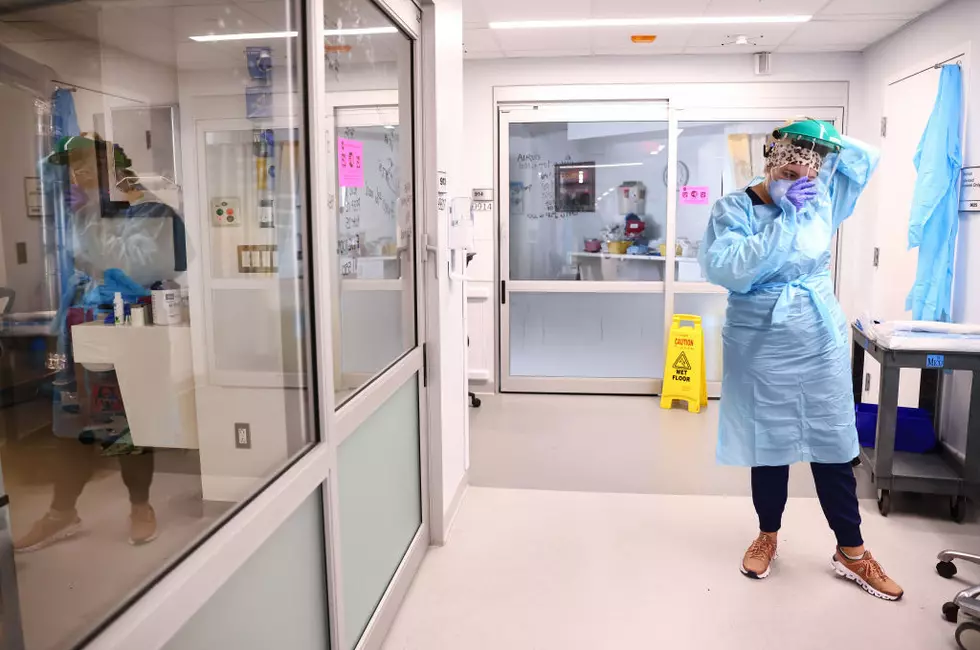
Teen Birthrate in U.S. Has Dropped Dramatically, According to New Report
The U.S. Centers for Disease Control and Prevention has released a new report stating that the rate of teen pregnancy has declined significantly over the last two decades. The lower birthrate among American teens has saved taxpayers billions of dollars, but there is still work to do. Teenage pregnancies still happen at a higher rate in the U.S. than in other developed nations.
According to CDC researchers, teenage pregnancy has decreased 57 percent over the last 20 years, with an estimated 4 million fewer births occurring among teens as a result of the decline. Study author Stephanie Ventura, a senior demographer for the CDC’s National Center for Health Statistics, reports that a reduction in teen birthrates happened in all 50 states and among all racial and ethnic groups.
But it doesn't necessarily mean teens have stopped having sex, or are becoming more likely to practice abstinence.
Bill Albert, chief program officer of the National Campaign to Prevent Teen and Unplanned Pregnancy, believes the reason for this decline is the “magic combination of less sex and more contraception.” He says teenagers now have access to and are using more effective methods of contraception, often using more than one at a time.
The teen birthrate in the U.S. has been cut by more than two-thirds from its historic high, which occurred in 1957. Then, 96.3 out of every 1,000 teen girls had a baby; in 2013 only 26.6 out of every 1,000 teenage girls gave birth.
Even so, the CDC report concluded that the U.S. still has one of the highest teen birthrates among developed countries. In Russia only 25.2 out of every 1,000 teen girls gives birth, and in the United Kingdom only 21.8 of every 1,000 teens will have a baby. In some countries, including Denmark, Japan, the Netherlands and Switzerland, only about five out of every 1,000 girls will give birth as a teen.
This shows that while great strides have been made to prevent teenage pregnancy in the U.S.—with the average cost to taxpayers of a child born to a teen mom at about $1,700 a year per child—still much more work can and should be done.
More From 870 AM KFLD









